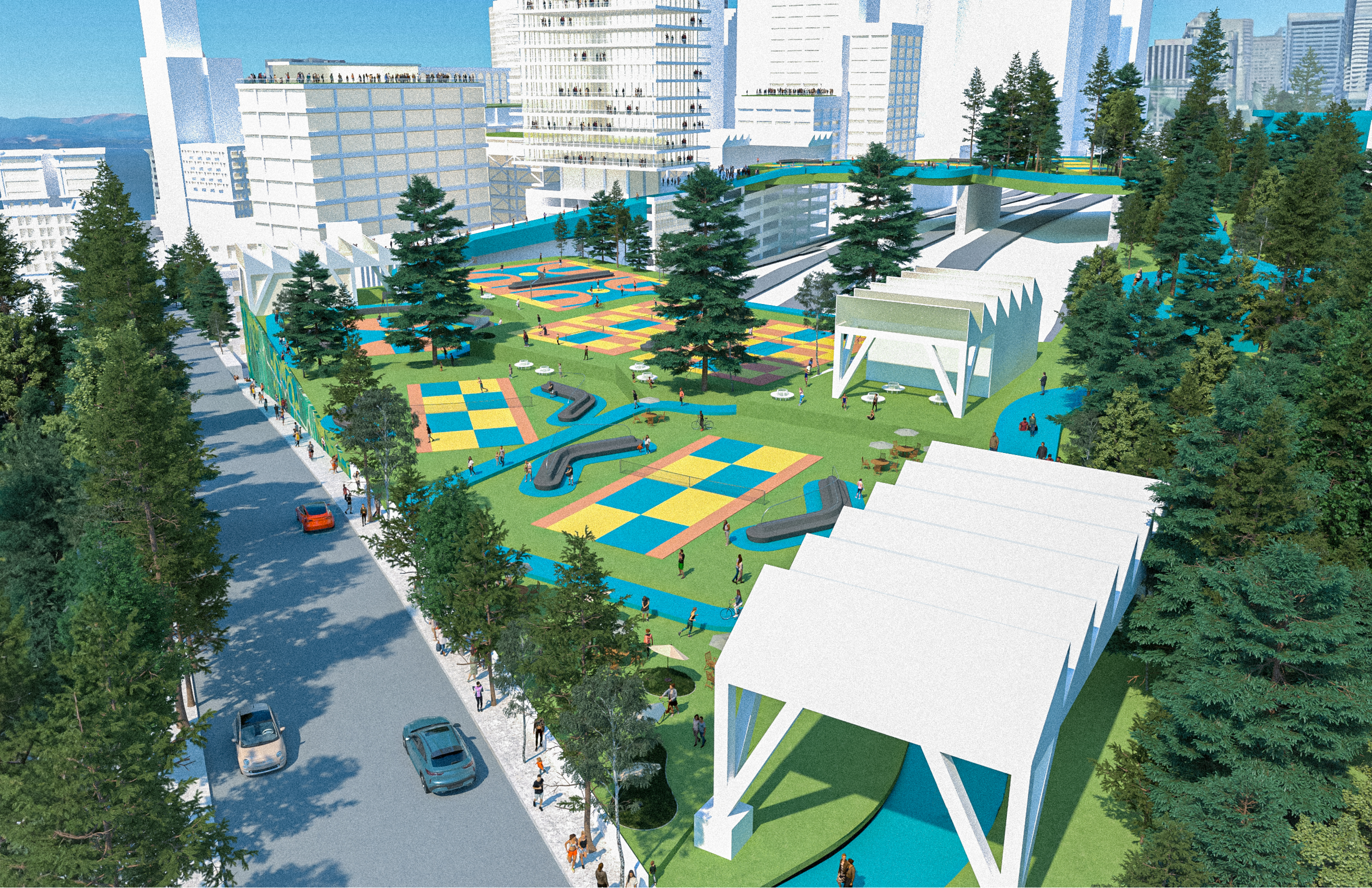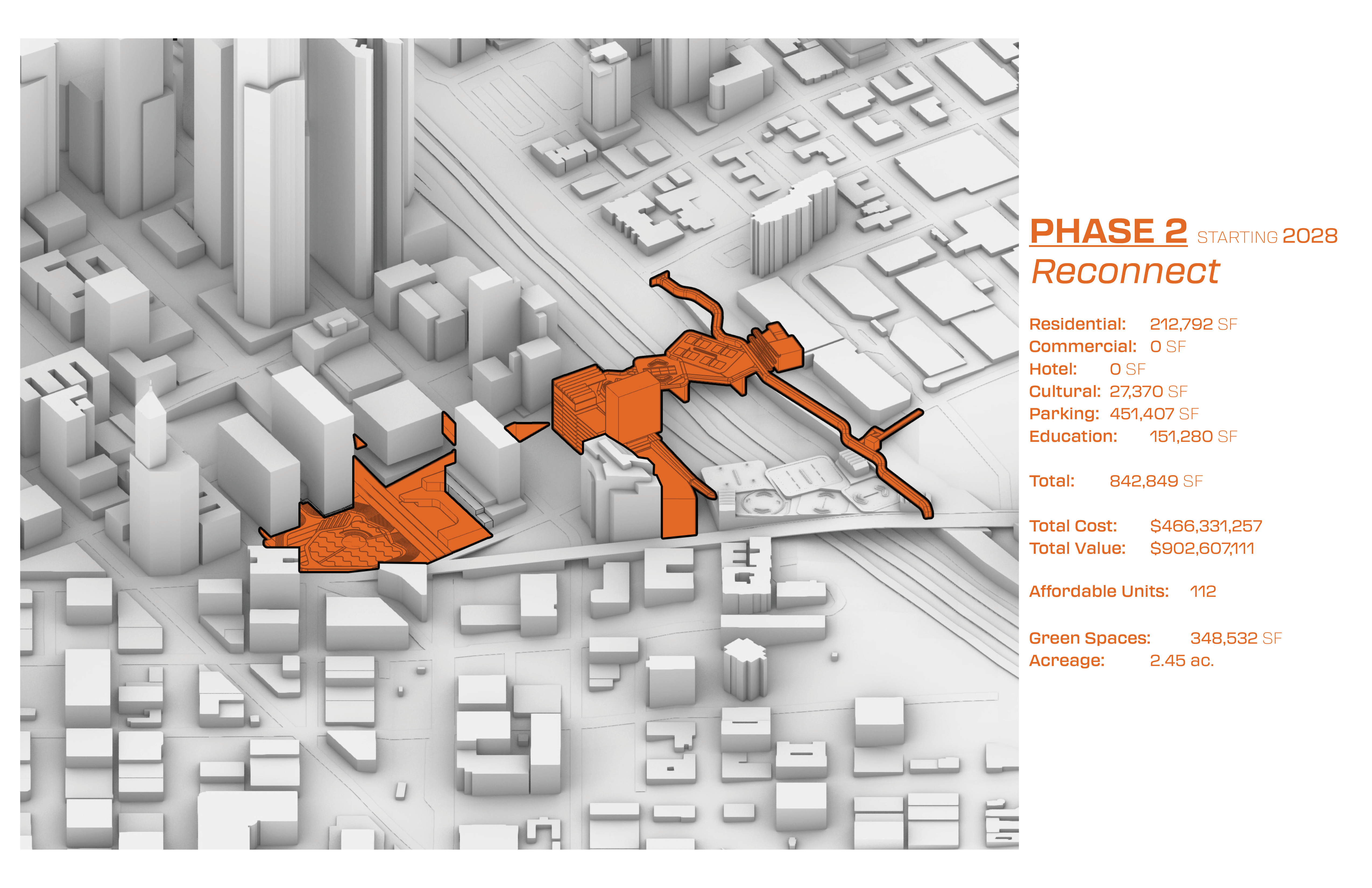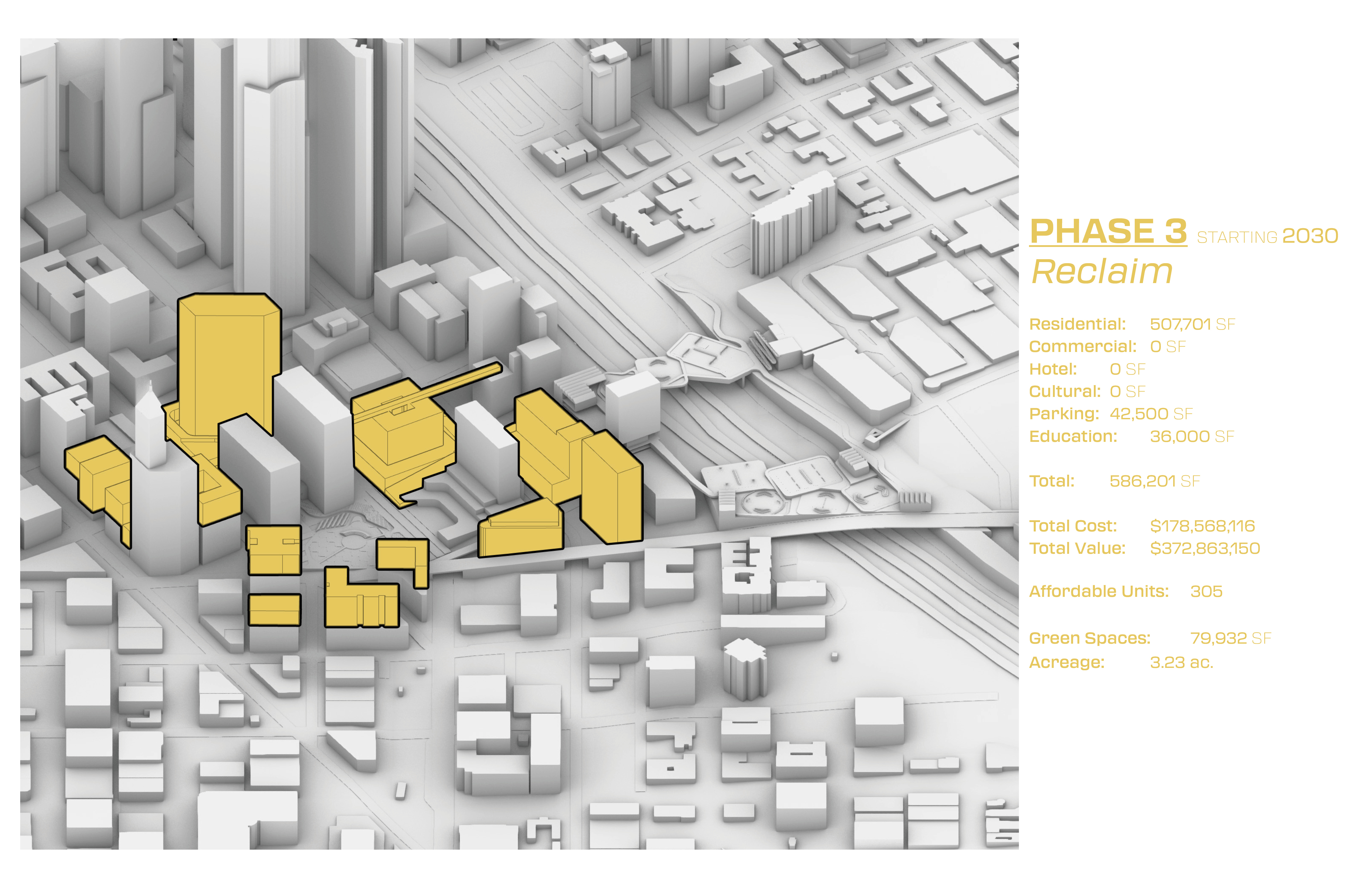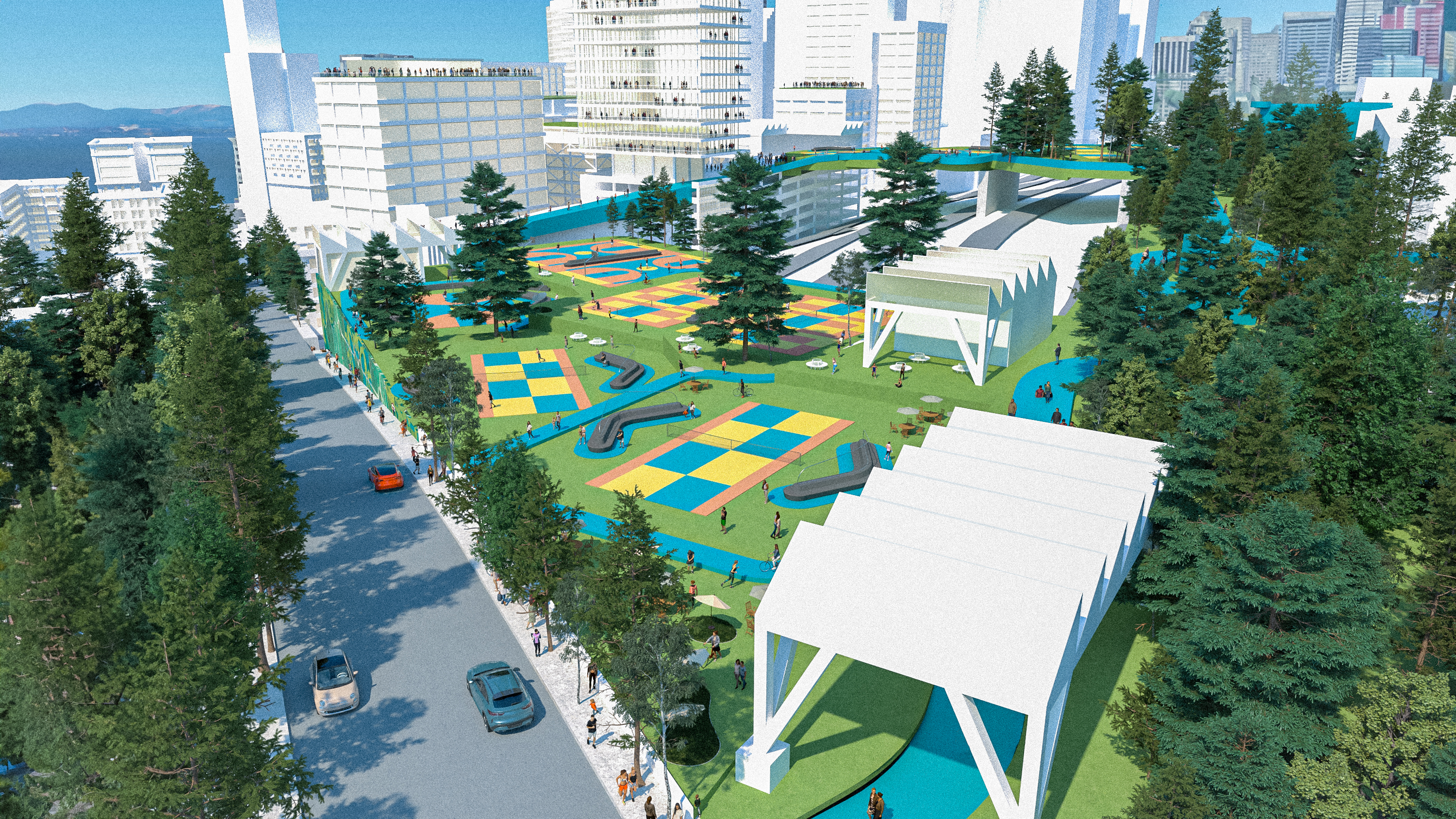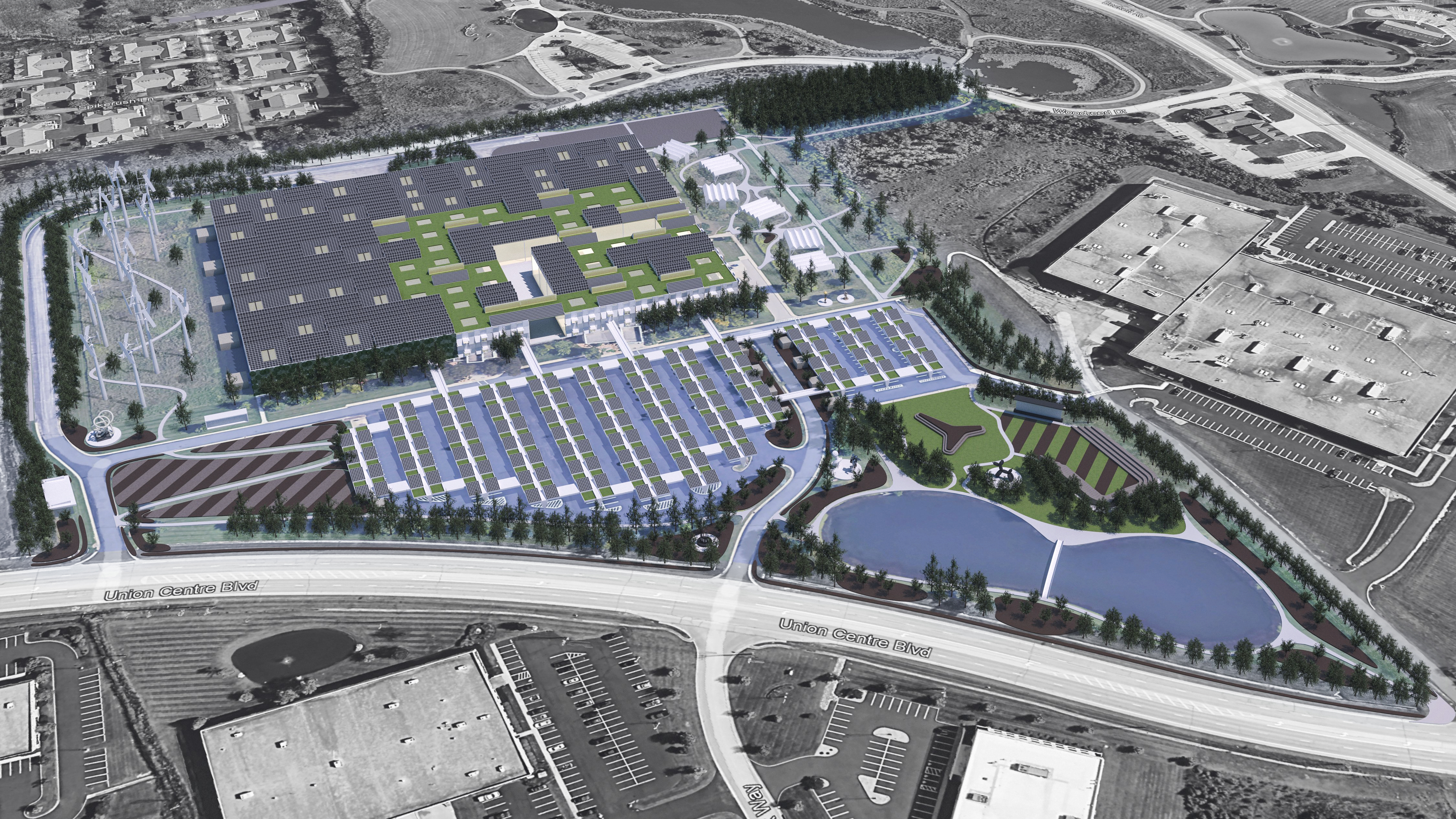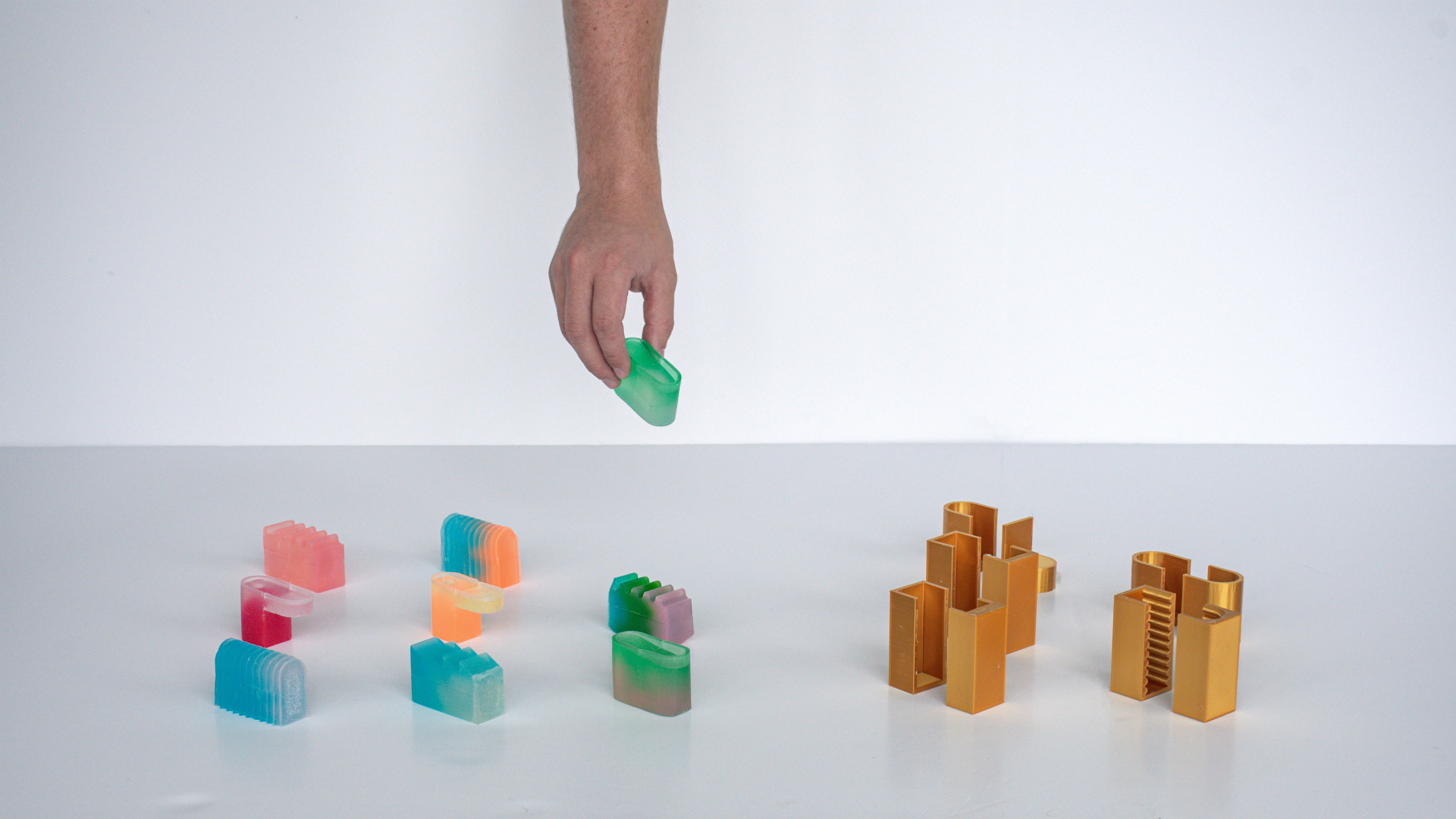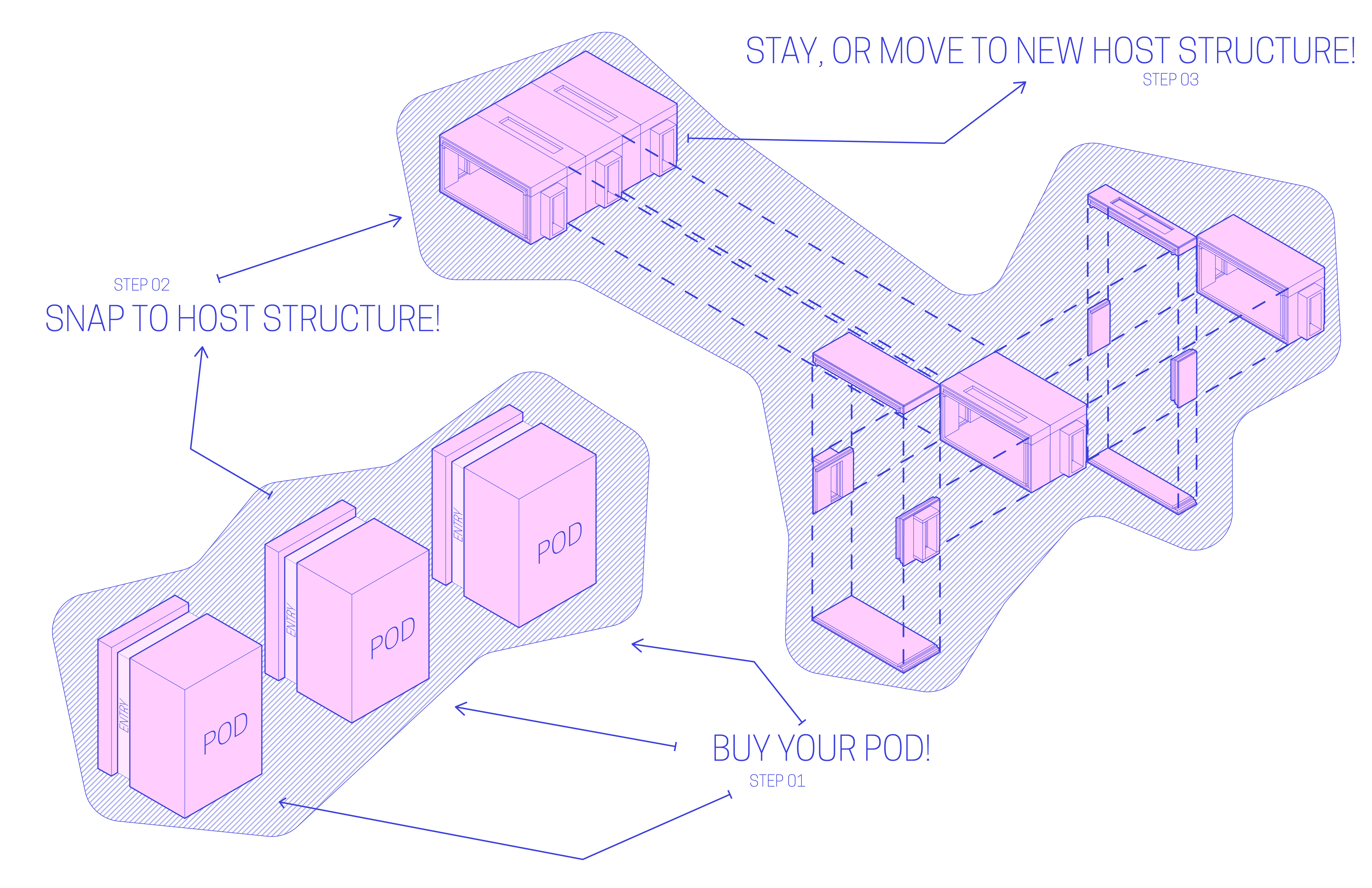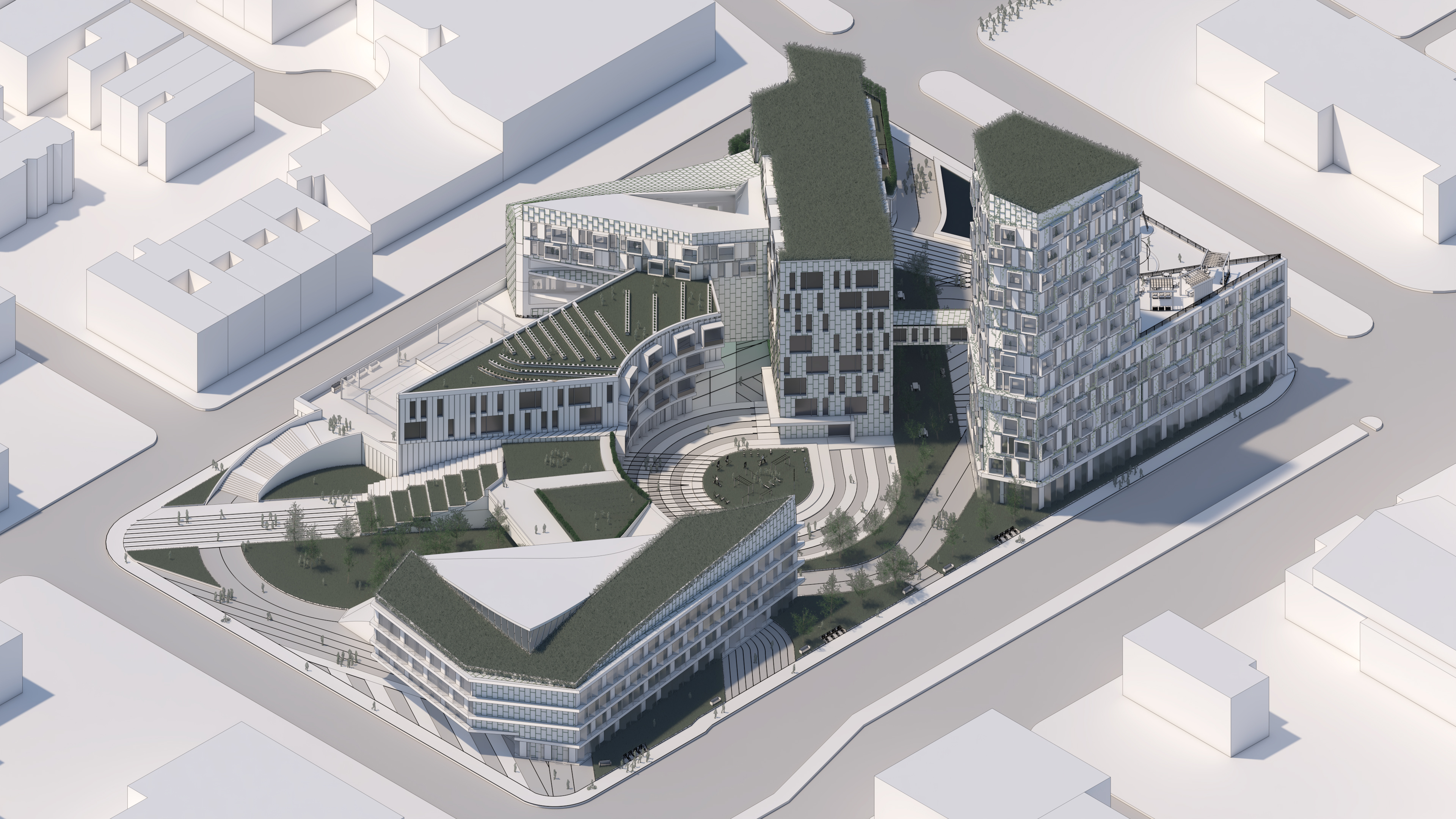zipper_seattle_
prof. andrew_tetrault
spring_2024
seattle_washington
partners jacob_mackin + isaiah_zuercher + blake_woodruff + stephen_collins
this two week competition project is for the ULI Hines annual student competition
the project brief: the county has selected your team as master developer. You have entered into an agreement with the county to provide a proposal to transform the Study Area into a thriving, mixed-use, mixed-income neighborhood, and a proposal to evaluate the benefits of redeveloping the county-owned parcels within a 10-year period. The county is seeking a vision for the area that will increase connectivity and mobility, address issues of equity and housing affordability, and have a positive economic impact while increasing the sustainability and resilience of the Study Area, the surrounding community, and the county at large.
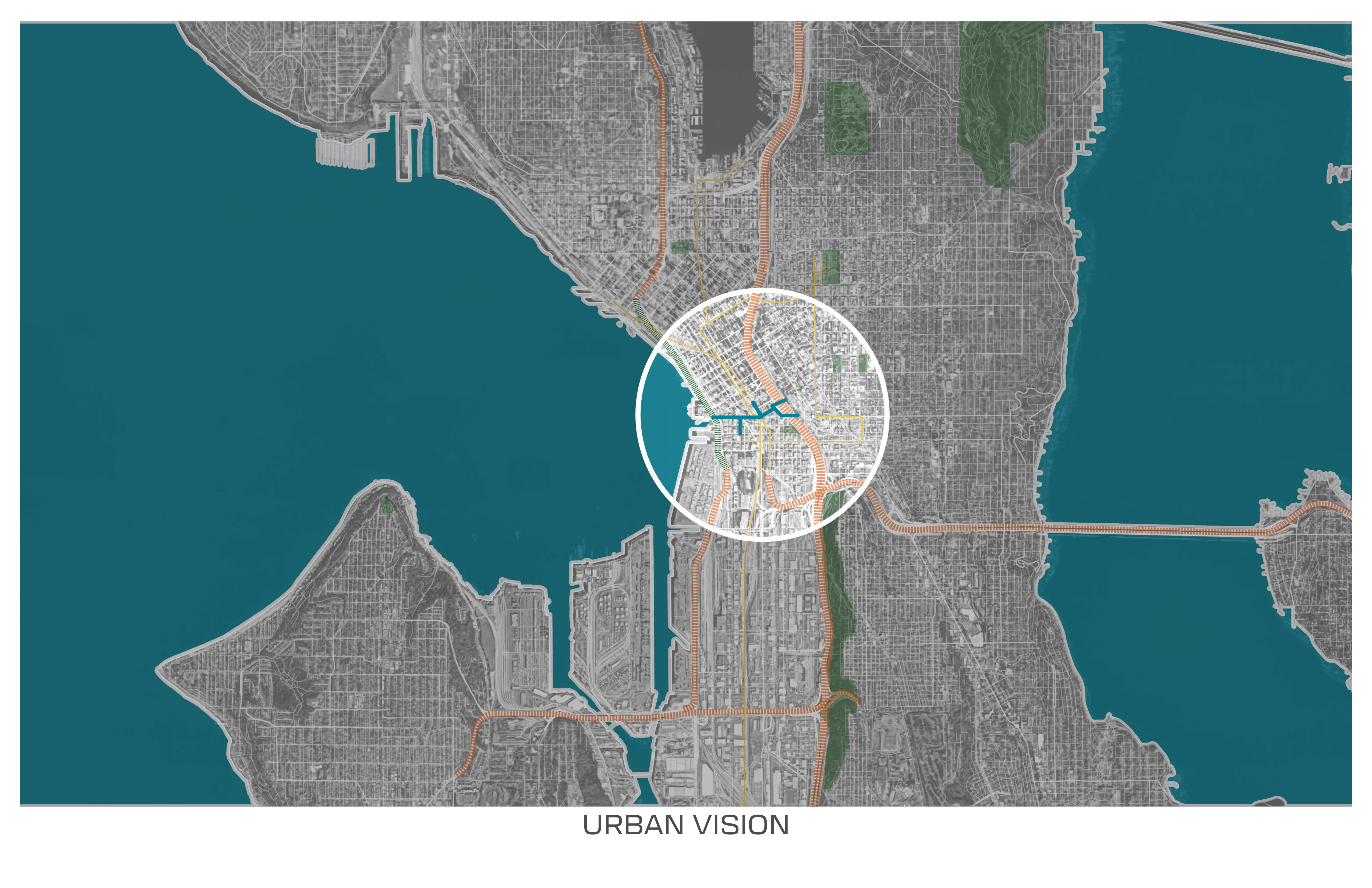
situated at the heart of the city’s cultural neighborhoods, our site serves as a pivotal connection point; a meeting place that mirrors the essence of the city itself. Beyond merely connecting adjacent neighborhoods, it has evolved into a vibrant neighborhood in its own right.
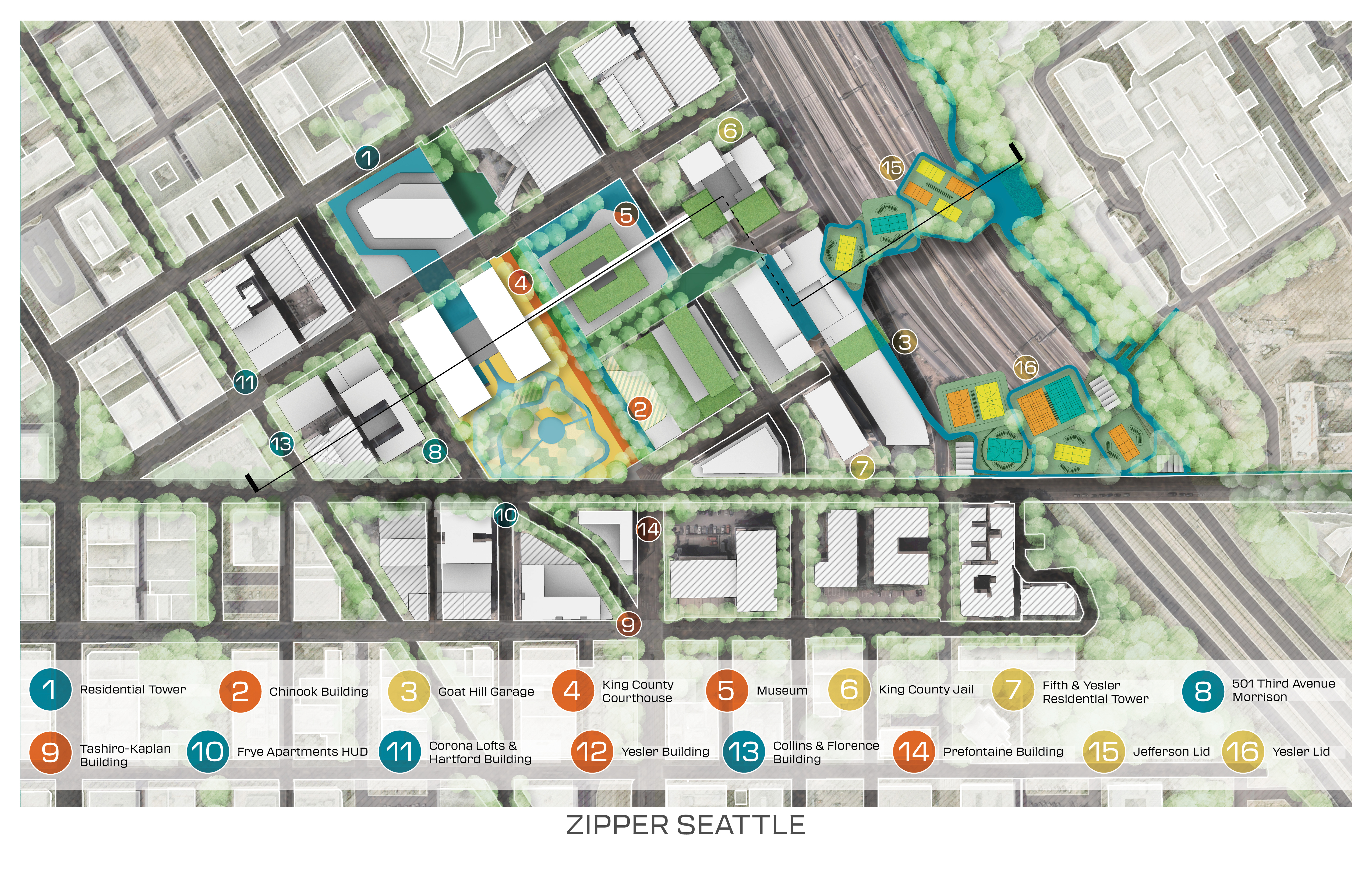
as a standout feature, “the zipper” seamlessly links the neighboring areas from across I-5 to the waterfront. This transformational connection ensures safe and equitable access, knitting together previously disconnected neighborhoods and providing connectivity to the larger downtown landscape and the fast-developing waterfront.

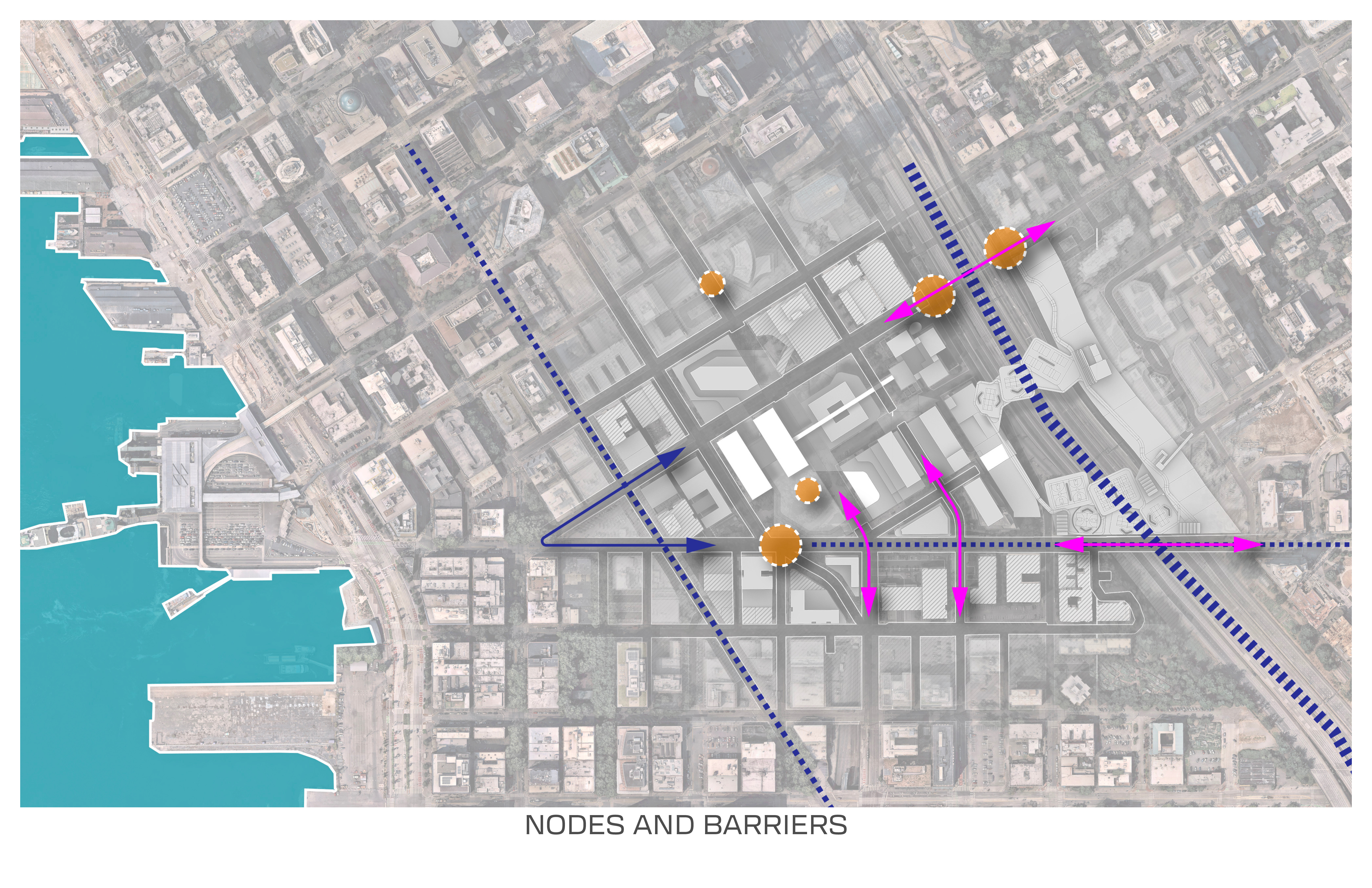

the site has undergone a substantial increase in green space, addressing the pressing need for open areas in the surrounding neighborhoods. In an area where public spaces are often small and insufficient for a growing population, this proposal aims to stands out.
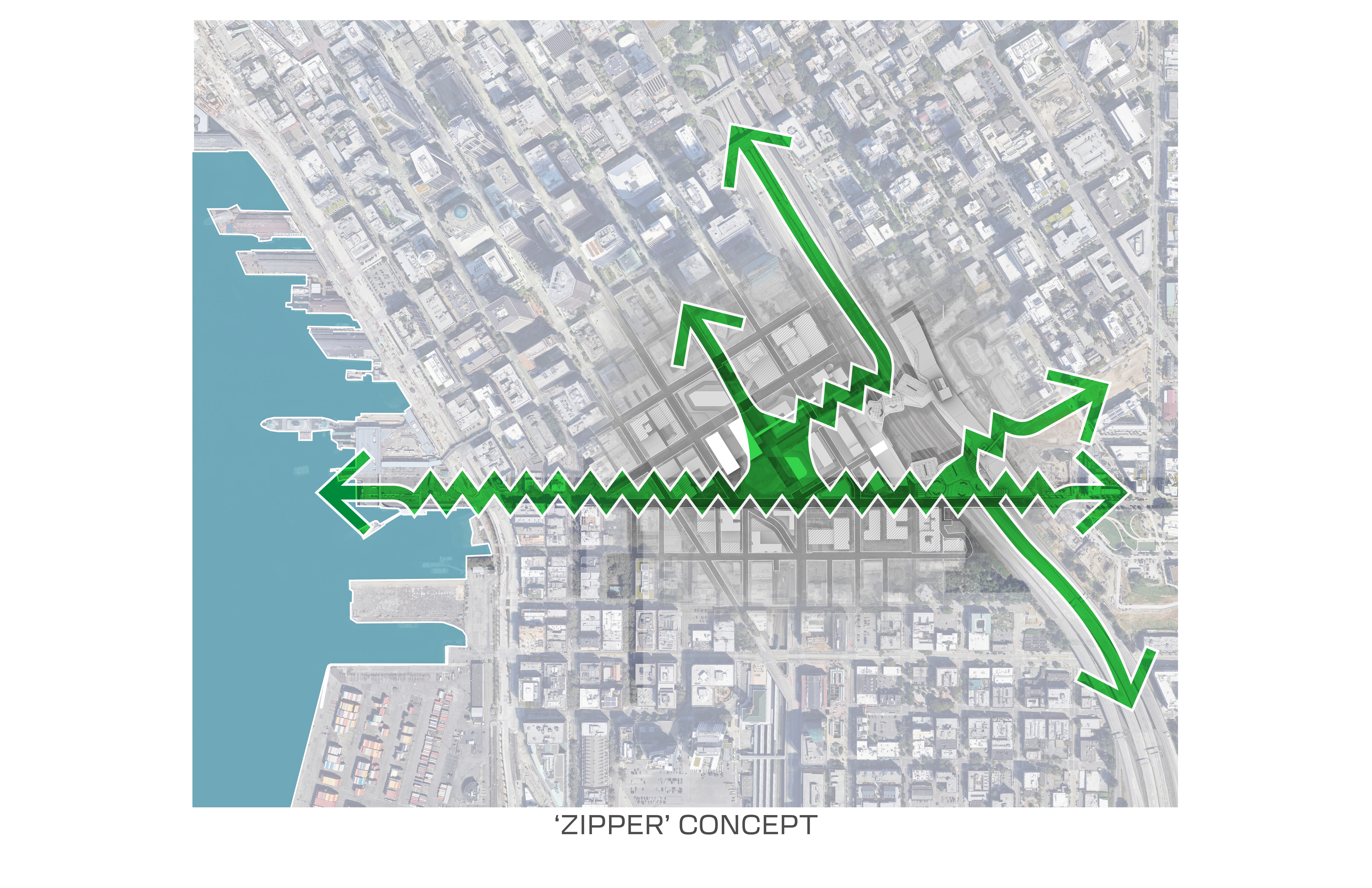
however, this proposal expands its scope beyond public spaces to recreational areas. The recreational and sports facilities located atop the I-5 lids not only contribute to public space but do so without consuming valuable otherwise desirable real estate and by elegantly providing passage over the pedestrian barrier that is the freeway.
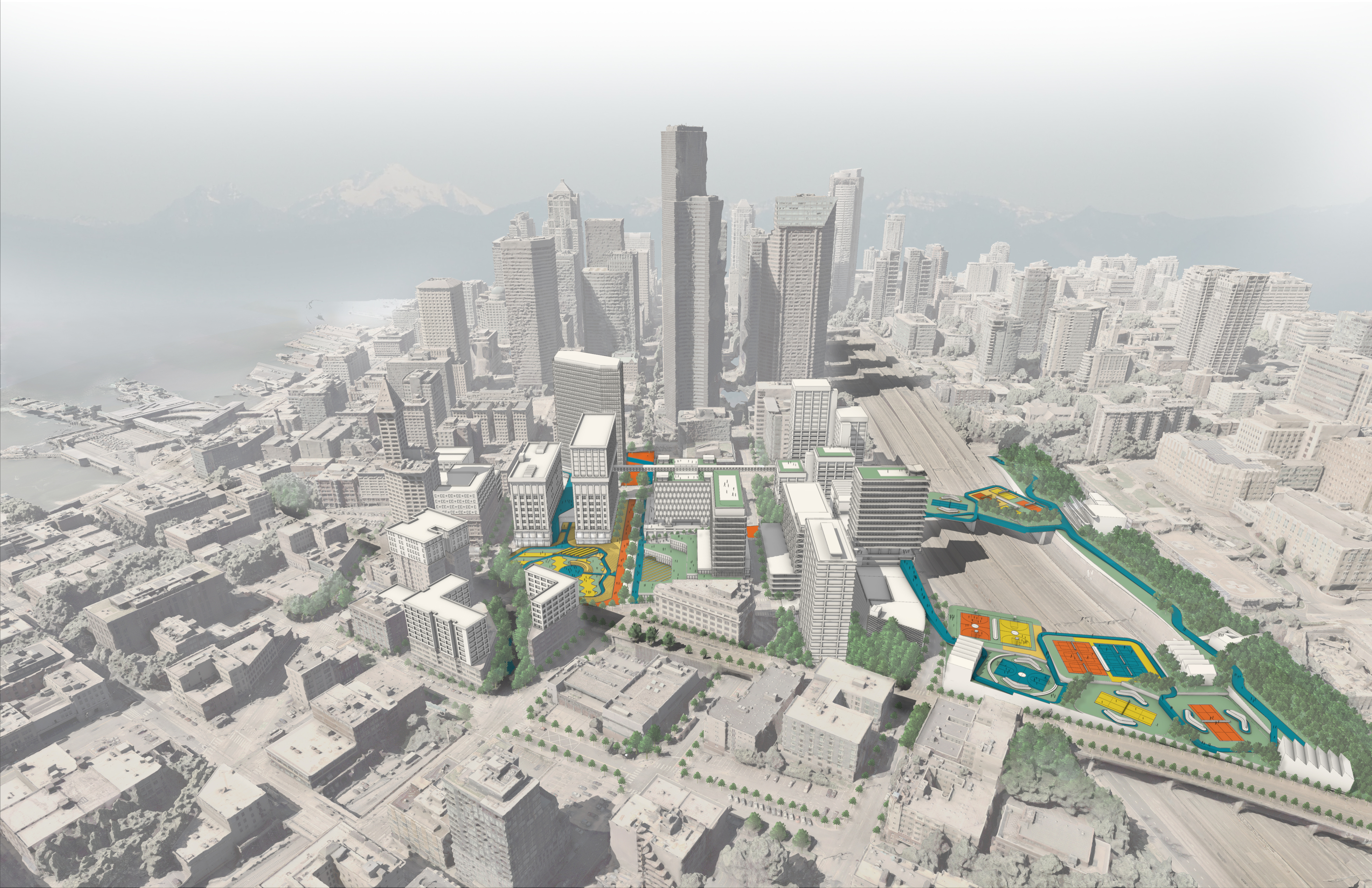
creatively expanding and efficiently adapting the site’s real estate has been crucial in accommodating the rapidly growing population and addressing housing shortages in the region. A “Parabuilding” strategy was employed to meet these needs while maintaining a recognizable connection to the preexisting character of the area.
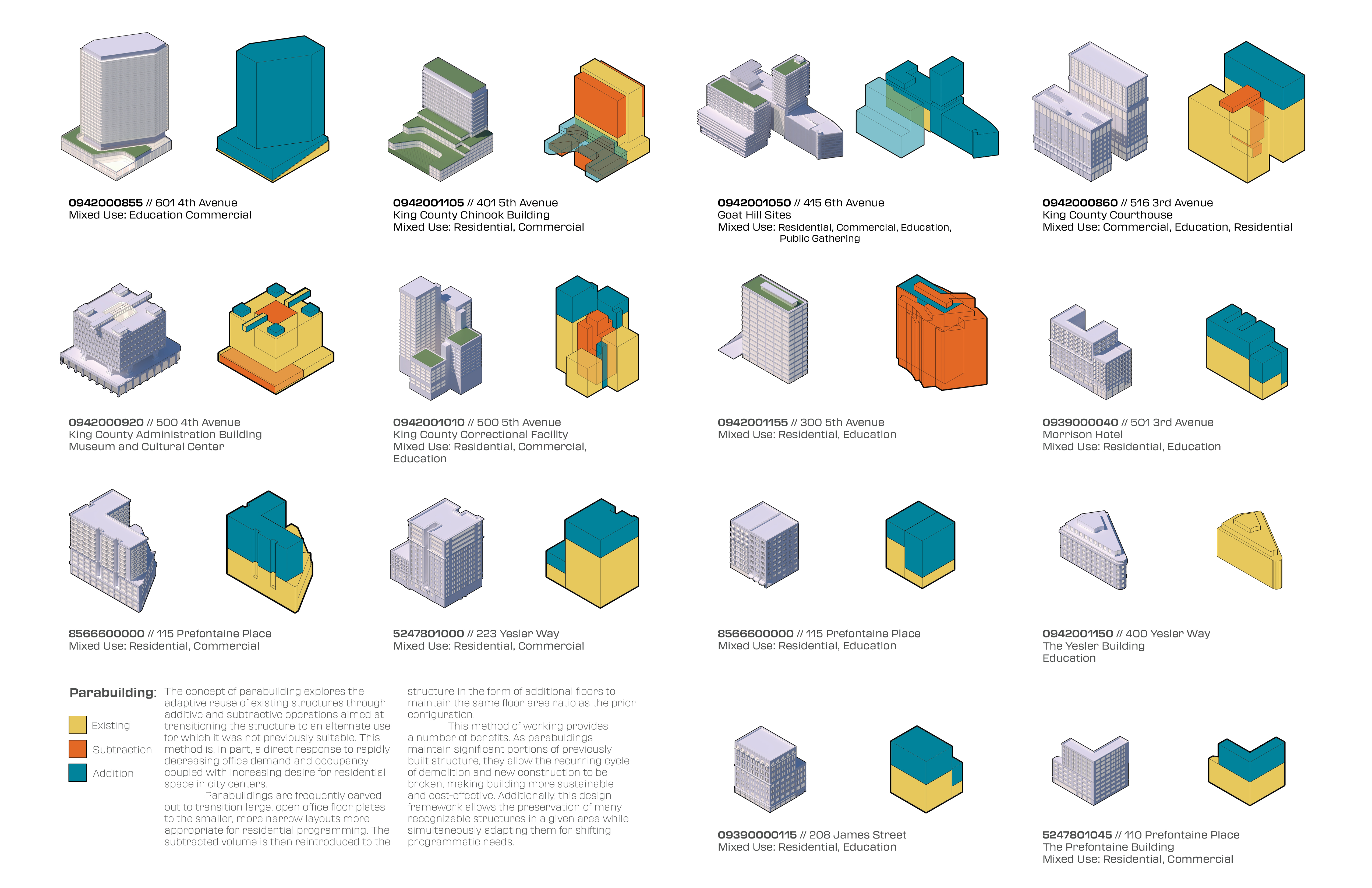
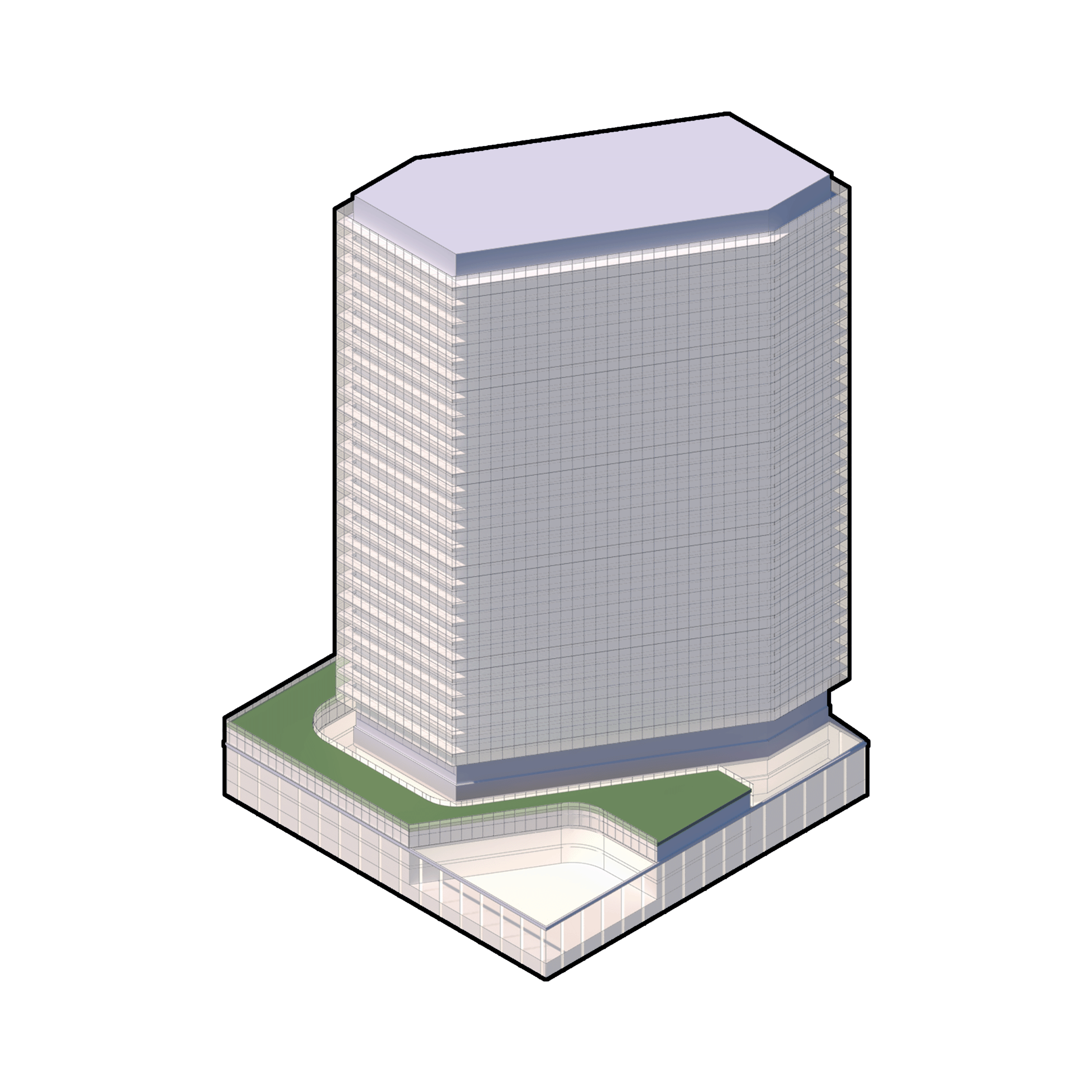
through the creation of a new neighborhood characterized by spatially optimized residential structures, this proposal not only bolsters the micro-economy but contributes to the stability of local economies. The resulting demand in both the immediate and adjacent neighborhoods aids in stabilizing any ongoing redevelopment efforts and provides a positive impetus to projects located south of the site.
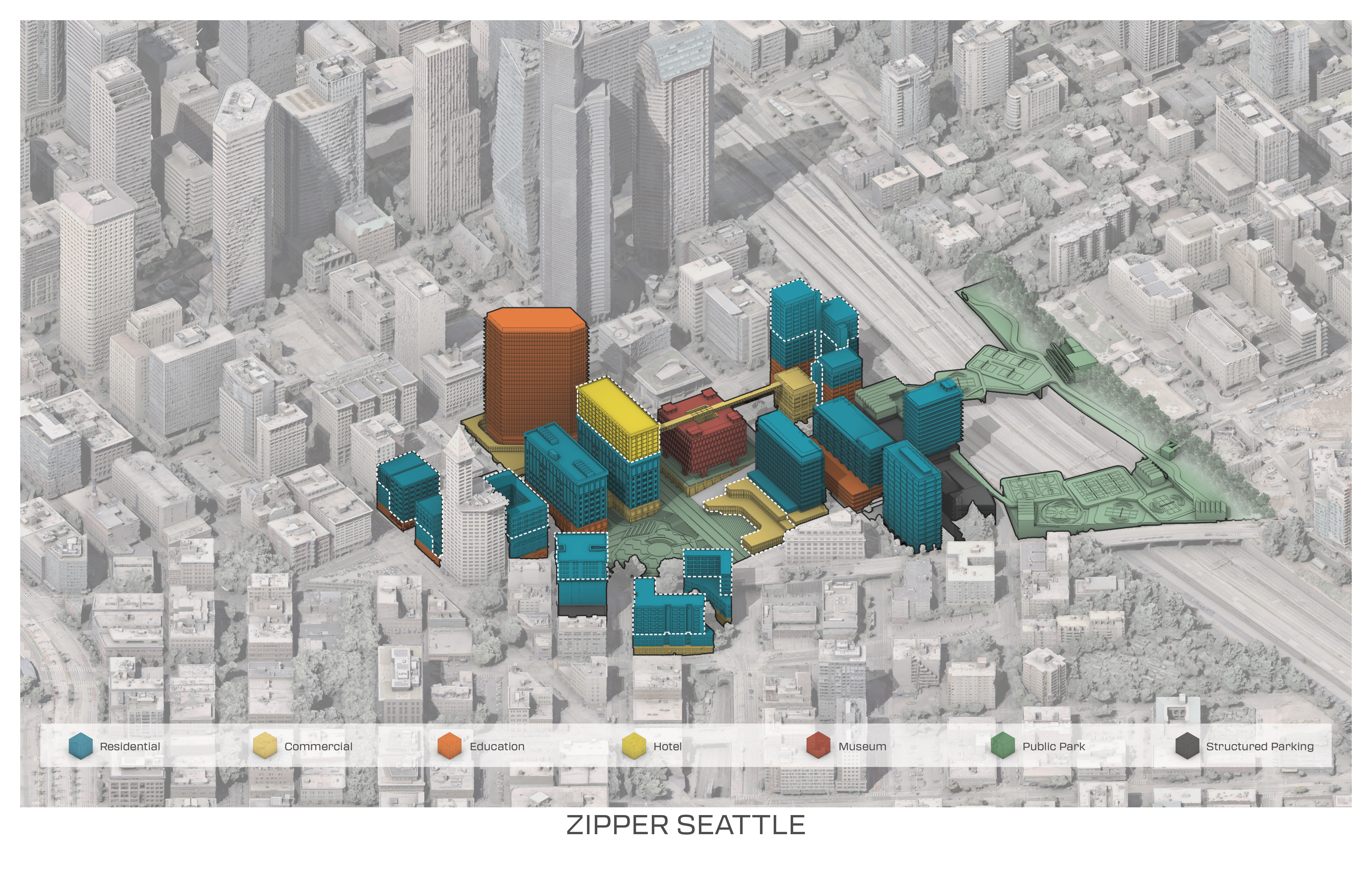
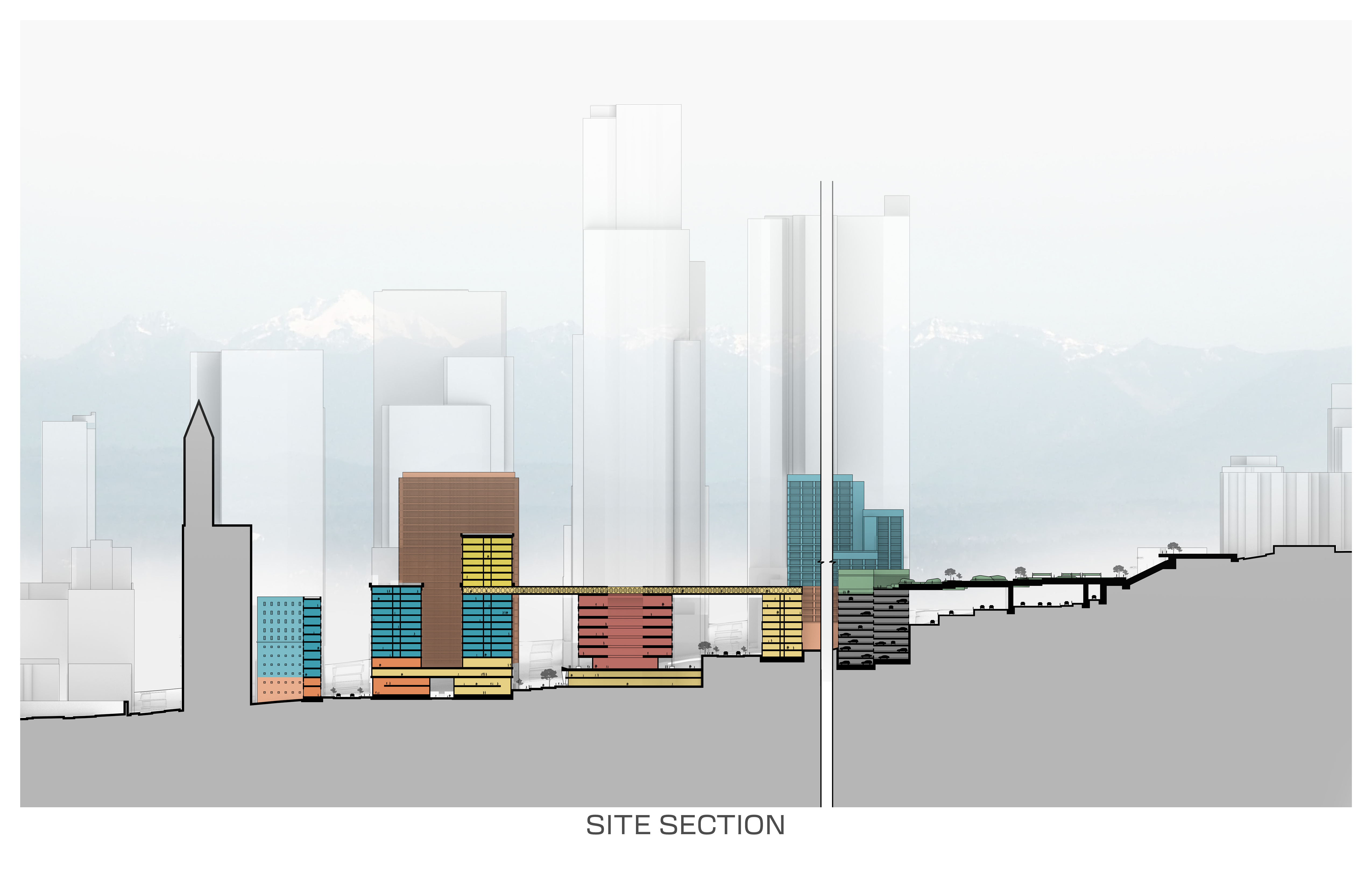
in essence, our site goes beyond physical connections; it fosters equity and agency, offering a downtown lifestyle with a high quality of life. It is a testament to urban planning that not only restores and reconnects but also actively contributes to the social and economic well-being of the city and its residents.
